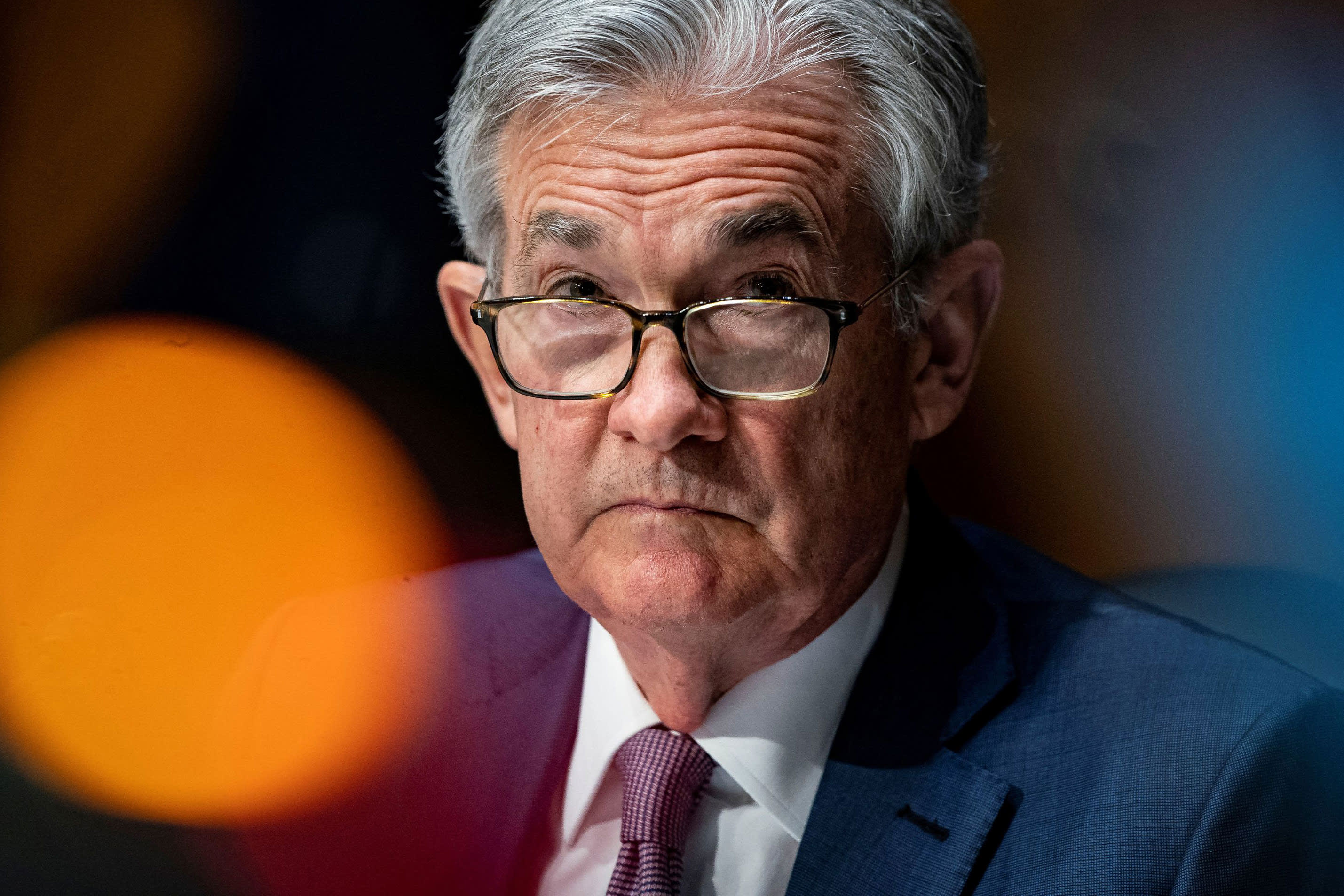The Federal Reserve on Wednesday made a key adjustment to its efforts to support the economy, while upgrading its outlook for growth.
As expected, the Fed held benchmark interest rates near zero following the conclusion of its two-day meeting.
Investors were watching whether the Fed would present outcomes-based guidance in which it would state the conditions necessary for a reversal in policy.
The Fed delivered in that respect, saying it would continue to buy at least $120 billion of bonds each month “until substantial further progress has been made toward the Committee’s maximum employment and price stability goals,” the post-meeting statement said.
“These asset purchases help foster smooth market functioning and accommodative financial conditions, thereby supporting the flow of credit to households and businesses,” the Federal Open Market Committee added in a statement that gained unanimous approval.
The committee, however, did not say it would extend the duration of those purchases.
The Fed already had committed to not raising rates until inflation exceeds its 2% goal even if unemployment comes down to levels that normally had signaled price pressures. Changing the language around the asset purchases underlines the central bank’s commitment to seeing the recovery through from its coronavirus-era slump.
“Together, these measures will ensure that monetary policy will continue to deliver powerful support to the economy until the recovery is complete,” Fed Chairman Jerome Powell said at his post-meeting news conference.
Markets had been looking to potential tweaks the policymaking FOMC would be making to its asset purchasing program. Since the early days of the coronavirus pandemic, the central bank has been buying mostly shorter-duration bonds in an effort largely aimed at keeping financial markets functioning.
At recent meetings, officials have been discussing the advantages of lengthening the terms of the bonds in an effort that would be more directed at pushing the economy along, much in the same way it did in the aftermath of the 2008 financial crisis.
Extending durations helps bring down longer-term rates, lowering borrowing costs and helping push investors hungry for yield into riskier assets like stocks.
Powell emphasized that the Fed is following “outcomes-based” policies.
That means if progress slows toward achieving those outcomes, the Fed could step up its asset purchases, which have swelled its balance sheet to $7.3 trillion. The Fed also would commit to keeping interest rates anchored near zero for a longer period of time, he said.
Changes to economic outlook
In addition to changing the language around the bond-buying program, Fed officials elevated their outlook on the economy since the last forecast in September.
The median expectation for gross domestic product in 2020 is now a decline of 2.4%, compared with the negative 3.7% in September. The outlook for 2021 is now at 4.2% compared with 4% previously and 3.2% in 2022 against 3%.
The outlook from there was reduced just slightly, to 2.4% from 2.5% in 2023 and 1.8% from 1.9% over the long run.
The committee also offered a considerably more optimistic outlook on unemployment. In 2020, the year-end rate is now projected to be its current 6.7%, from September’s projected 7.6%. In 2021, the median projection is for 5%, from 5.5%, while the two subsequent years are 4.2% (4.6% previously) and 3.7% (4%).
Officials still expect to be shy of the Fed’s 2% inflation objective until 2023, though 2020 and the next two years saw 0.1 percentage point increases to the outlook to 1.4%, 1.8% and 1.9% respectively.
Language elsewhere in the statement showed basically no change from the November meeting.
The Fed still sees economic activity recovering but “well below” the pre-pandemic level. Overall, the committee expects the pandemic will “continue to weigh on economic activity, employment,
and inflation in the near term, and poses considerable risks to the economic outlook over the medium term.”
Fed officials have been pressing Congress for more fiscal stimulus, which could happen under a bipartisan bill that could commit another $900 billion to helping displaced workers, businesses under pressure from lockdowns and the general national effort toward treatment and vaccinations for the virus.
The Fed had joined the Treasury in stimulus efforts but recently learned that several lending programs it had deployed would end at the close of 2020. Buying bonds and keeping rates low remain the main weapons for the Fed to help the economy return to normal.
